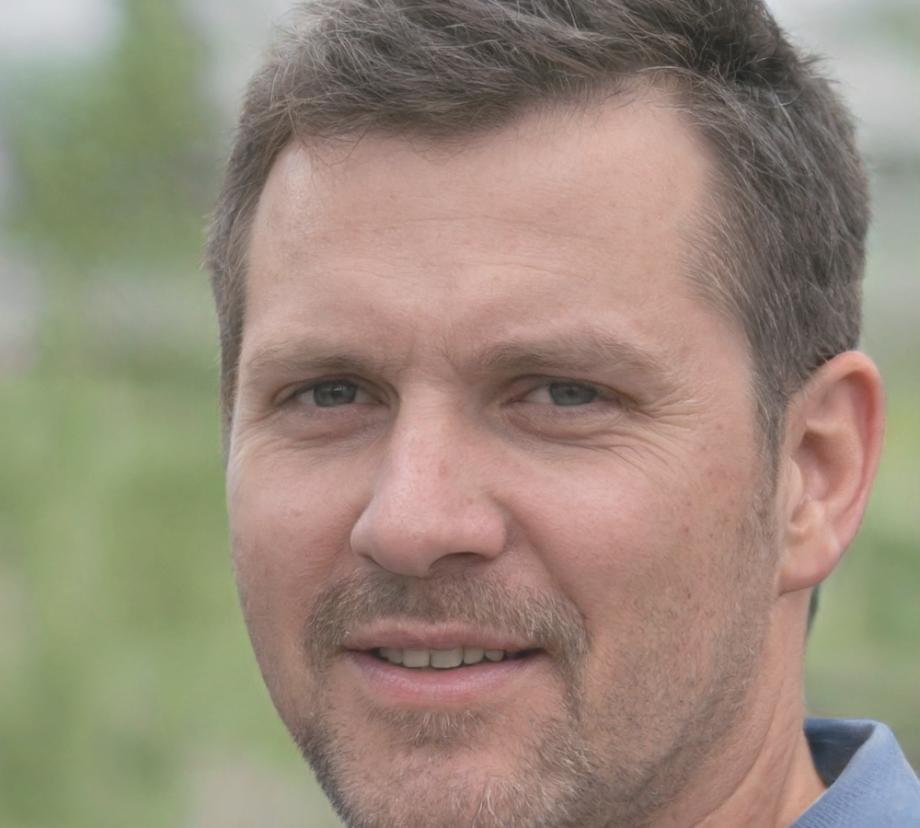NEXTAELITE
 NextaElite
NextaElite
We started nextaelite because the Taiwan trading education space felt disconnected from actual market reality. Too many programs were teaching outdated strategies while markets evolved daily. So we built something different.

Back in 2018, Kasper Lindqvist was running institutional desk operations in Taipei when he noticed something odd. The retail education programs teaching local traders had almost nothing in common with what actually worked on professional desks. And I mean nothing.
He'd see students come through with certificates from well-known programs, but they couldn't read order flow or understand basic market microstructure. The gap was massive.
Around the same time, Dimitri Novak was consulting for a fund manager who'd lost money on three separate "advanced strategy" courses. None of them addressed position sizing relative to Taiwan market liquidity conditions. That's when Kasper and Dimitri started talking seriously about building something practical.
They spent 2019 testing curriculum with a small group of twelve traders in Taichung. The feedback was direct and sometimes brutal, but it helped shape what nextaelite became. By early 2020, we had our first structured program. The market crash in March that year became an unexpected stress test for everything we'd been teaching.
The March 2020 volatility gave us a chance to see how our students performed under actual pressure. We tracked seventeen active traders who'd completed our advanced modules. Fourteen maintained discipline and followed their frameworks. That told us something was working, though we still had major gaps in stress management protocols.
We stopped trying to teach generic strategies and focused specifically on TWSE dynamics, TSE futures behavior, and local market microstructure. This meant rebuilding about 60% of our curriculum, but retention improved dramatically. Students could finally apply concepts directly to markets they actually traded.
Started quarterly sessions with active fund managers and institutional traders willing to share current perspectives. Not theoretical talks, but actual discussions about what they were seeing in flow and positioning. These sessions informed curriculum updates and kept our teaching relevant to current conditions.
Launched formal arrangement where advanced students could access institutional-grade market research and contribute to analysis projects. This created a feedback loop where theory met practice regularly. Some of our best curriculum refinements came from questions students asked while working through real research scenarios.
We don't teach strategies that sound impressive but fail under actual trading conditions. Every framework we introduce has been tested in live Taiwan markets with real capital. If something doesn't work consistently, we don't include it.
Most traders fail because they learn individual tactics without understanding when those tactics actually apply. We spend significant time on market structure, regime identification, and conditional thinking. The goal is developing traders who can adapt rather than memorize.
Trading education tends to oversell capabilities. We're upfront about what's realistic. Some market conditions favor certain approaches while others don't. Understanding those boundaries matters more than learning fancy terminology or complex indicators that look good on charts but don't translate to consistent decisions.
Our teaching team brings direct experience from institutional desks, fund management, and quantitative research. They've all traded through various market cycles and understand the practical challenges Taiwan market participants face.

Lead Instructor
Spent eleven years on institutional desks before transitioning to education. Kasper focuses on order flow analysis and market microstructure, particularly as they apply to Taiwan equity and futures markets. He still maintains small personal positions to stay connected to actual trading decisions.

Strategy Development
Previously managed risk for a regional fund with exposure to Taiwan markets. Dimitri develops our position sizing frameworks and stress-testing protocols. He's particularly focused on helping traders understand tail risk in ways that actually influence their decision-making rather than remaining theoretical concepts.


